Boost Your Strategy with Content Marketing Automation: The Ultimate Guide for Modern Marketers
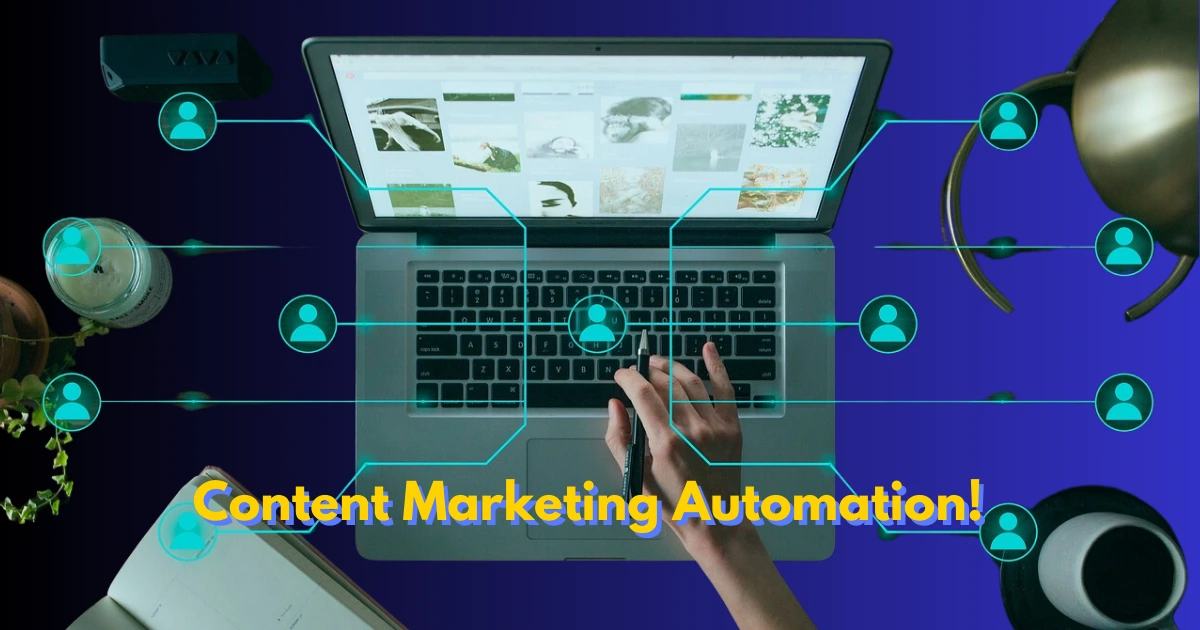
Content marketing automation is a transformative approach that allows businesses to streamline workflows, personalize engagement, and drive scalable growth. By automating repetitive tasks, content marketing automation frees up marketers to focus on strategic goals, such as creating valuable content and connecting with their audience. Today, with the advent of Artificial Intelligence (AI) and other cutting-edge technologies, content marketing automation has reached new heights, enabling smarter, data-driven decision-making that increases efficiency and personalization. In this comprehensive guide, we’ll explore the essentials of content marketing automation, dive into advanced strategies, and discover how AI and other technologies enhance this domain for B2B and B2C companies alike.
Table of Contents
What is Content Marketing Automation?
Content marketing automation involves using software and workflows to automate content planning, creation, distribution, and analysis. Traditional content marketing relies heavily on manual processes, which can be time-consuming and difficult to scale. By automating these functions, brands can deliver personalized, timely, and relevant content to users with minimal manual intervention. Automation enables companies to nurture leads, strengthen brand loyalty, and boost conversions while optimizing time and resources.

Why Automate Content Marketing?
Automating content marketing offers a range of benefits, especially for businesses looking to scale their reach and engagement:
- Efficiency and Time Savings: Automation tools reduce time spent on repetitive tasks, allowing marketers to focus on strategy and creative aspects.
- Scalability: Content automation can be easily scaled to meet the needs of a growing business without compromising quality.
- Personalization: Modern automation tools leverage AI to provide personalized experiences for different audience segments, enhancing engagement and relevance.
Table: Comparison of Traditional vs. Automated Content Marketing
| Feature | Traditional Content Marketing | Content Marketing Automation |
|---|---|---|
| Manual Content Distribution | Yes | No |
| Personalization | Limited | High |
| Scalability | Moderate | High |
| Efficiency | Time-consuming | Time-saving |
How to Automate Content Marketing?
A successful content marketing automation strategy requires a clear, step-by-step approach:
Step 1: Set Clear Goals and KPIs
Define your objectives and key performance indicators (KPIs) to measure success. These might include engagement rates, conversion rates, or customer retention.
Step 2: Choose the Right Marketing Automation Tools
Select tools that align with your goals and budget. Popular options include HubSpot, Marketo, and Mailchimp, each offering a range of features for automating content distribution, email marketing, and analytics.
Step 3: Segment Your Audience
Segmenting audiences by demographics, interests, or behaviors enables targeted, personalized content delivery. For example, B2B audiences might be segmented based on industry, while B2C audiences might be segmented by purchase behavior or lifestyle.
Step 4: Create and Implement Workflows
Design workflows that automate tasks like content distribution, email campaigns, and social media posting. For instance, you could set up a workflow that automatically emails users with relevant blog content after they subscribe.
Step 5: Monitor and Adjust
Consistently review performance metrics to optimize automated strategies. AI-powered analytics can provide deeper insights into user behavior, helping you make data-driven adjustments.

What Content is Needed for Marketing Automation?
Certain types of content lend themselves well to automation, especially when optimized with AI:
- Blog Posts: These can be scheduled and distributed automatically to drive organic traffic and engage readers.
- Email Sequences: Automated email sequences nurture leads through the sales funnel, allowing marketers to maintain engagement.
- Social Media Content: Automated social media posts ensure consistent engagement and brand visibility.
Personalization Tips
Personalization is essential for effective automation. Tailor your content for different audience segments by customizing messaging, formats, and delivery timing.
Table: Types of Content for Marketing Automation
| Content Type | Purpose | Example |
|---|---|---|
| Blog Posts | Drive organic traffic | “How to Automate Content Marketing” |
| Email Sequences | Nurture and convert leads | Welcome email series |
| Social Media | Keep audience engaged | Scheduled Instagram posts |
Essential for Content Marketing Automation Tools
Content marketing automation requires powerful tools for managing tasks like email marketing, social media scheduling, and analytics. Here’s a look at popular options:
- HubSpot: A comprehensive platform for automating content, email, and social media workflows.
- Mailchimp: Ideal for small businesses with a focus on email automation.
- Marketo: Suitable for larger enterprises, Marketo offers advanced tools for content automation and lead scoring.
Each tool offers distinct features that enable marketers to run data-driven campaigns with precision and scale.

Content Strategy for Effective Marketing Automation
Developing a structured content strategy is critical to maximizing the benefits of automation. Here are essential steps to ensure a strategy that complements your automation efforts:
Goal-Setting and Audience Research
Define specific goals for your automated content. Whether your objective is to increase engagement, generate leads, or boost conversions, setting clear goals provides measurable success indicators. “A clear goal-setting framework ensures every automated campaign serves a strategic purpose, providing measurable returns on investment,” Digital Marketing Institute suggests.
Segmenting and understanding your audience is equally important. Research audience needs and behaviors, grouping them into segments for targeted content. According to Content Marketing Institute, over 63% of marketers state that effective audience segmentation drives engagement and conversion.
Content Calendar and Distribution
A well-organized content calendar is essential for executing a cohesive automation strategy. Planning your content schedule allows you to ensure a consistent presence, whether through blog posts, emails, or social media updates. Automated scheduling tools make this easier, freeing up time for more complex tasks. HubSpot notes that content calendars help marketers “maintain consistency, organize resources, and stay aligned with business goals.”
Types of Content to Automate
Certain types of content work especially well for automation:
- Lead Nurturing Emails: Automated emails guide leads through the buyer journey, helping nurture relationships.
- Retargeted Ads: Automated ads can be displayed to users who’ve shown interest in your product but haven’t converted.
- Cross-Channel Content: Syndicated content optimized for social platforms such as LinkedIn, Instagram, and Facebook.
Each type aligns with different stages in the funnel, enabling automation to create a more seamless user journey. Lead nurturing emails, for instance, improve conversions by 20% with timely and relevant content (Email Marketing Report).
Iteration and Testing
Automation is an iterative process. Conduct A/B testing on emails, headlines, and calls-to-action to see what works best. CMI emphasizes that “Testing and iteration are cornerstones of high-performing automated strategies.”
Table: Components of a Marketing Automation Content Strategy
| Strategy Component | Description | Example |
|---|---|---|
| Goal-Setting | Establishing KPIs | Increasing engagement rate by 20% |
| Audience Segmentation | Dividing audiences based on behavior | Potential leads vs. loyal customers |
| Content Calendar | Scheduling consistent content distribution | Weekly blog posts, daily social media updates |
| A/B Testing | Testing variations for optimization | Email subject line testing |
AI and Emerging Technologies in Content Marketing Automation
AI and other advanced technologies enhance content marketing automation by enabling deeper personalization, predictive analytics, and content optimization. Here’s how these innovations are shaping the future of automated marketing:
Predictive Analytics for Enhanced Targeting
AI-powered predictive analytics can analyze user data to forecast behavior and tailor content to audience needs. This enables more precise targeting and boosts engagement and conversions. For instance, Google Analytics 360 and HubSpot’s AI-driven analytics offer powerful predictive insights.
Natural Language Processing (NLP) for Content Generation and Analysis
Natural Language Processing allows for content generation and sentiment analysis. Tools like ChatGPT can automate content creation, suggest ideas, and generate drafts, while NLP-based sentiment analysis helps gauge audience reactions.
Machine Learning for Dynamic Personalization
Machine learning personalizes content recommendations based on user behavior, ensuring relevance across platforms. This is similar to how Netflix personalizes its recommendations and can be applied to deliver targeted product suggestions, blog recommendations, or personalized emails.
AI-Driven Chatbots for Real-Time Interaction
AI-powered chatbots enable businesses to engage with users instantly, providing responses to queries and guiding them through the sales funnel. Tools like Drift or Intercom automate responses, improving user experience.
Automation Platforms Integrating AI
Platforms like Marketo, Salesforce Marketing Cloud, and Adobe Experience Manager integrate AI to optimize content schedules and audience segmentation. With AI-enhanced capabilities, marketers can execute data-driven, personalized campaigns at scale.

Conclusion
Content marketing automation, supported by AI and other advanced technologies, is transforming how companies engage and grow their audiences. From predictive analytics and NLP to machine learning and chatbots, automation now allows businesses to operate with unprecedented efficiency and personalization. By implementing a strategic approach with well-defined goals, optimized tools, and cutting-edge technology, companies can achieve better engagement, conversion, and customer loyalty. Embracing content marketing automation empowers businesses to thrive in the digital age, keeping them competitive and relevant.

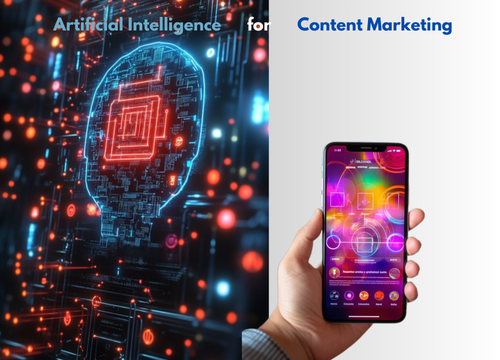

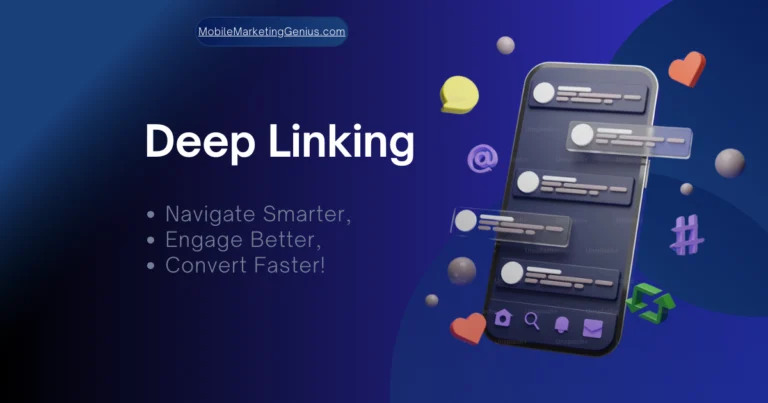
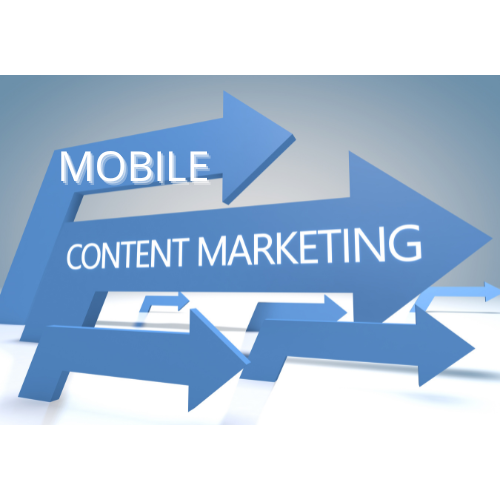
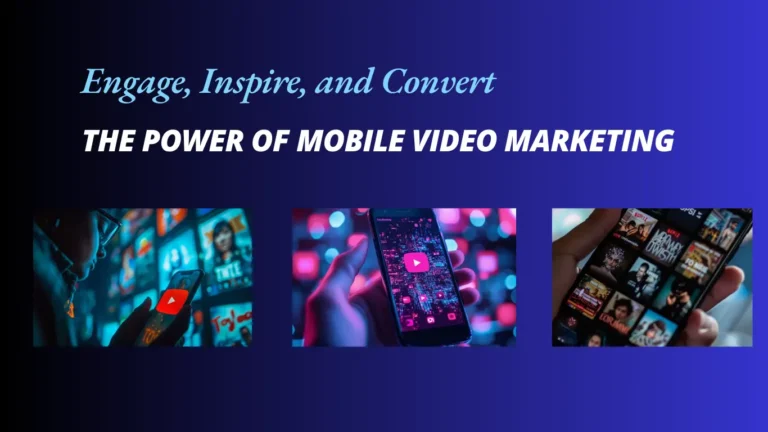

One Comment
Comments are closed.